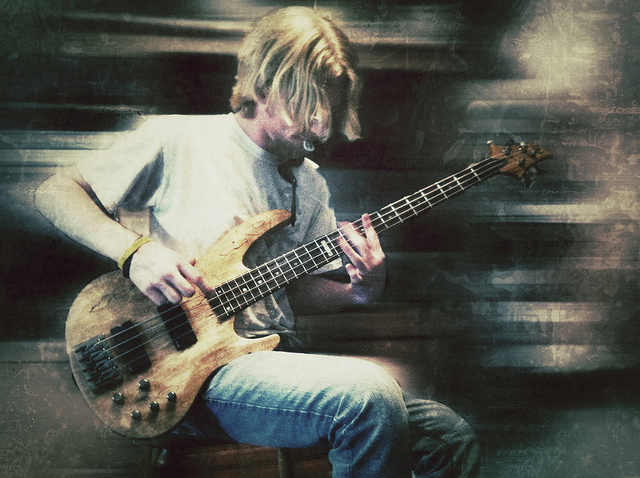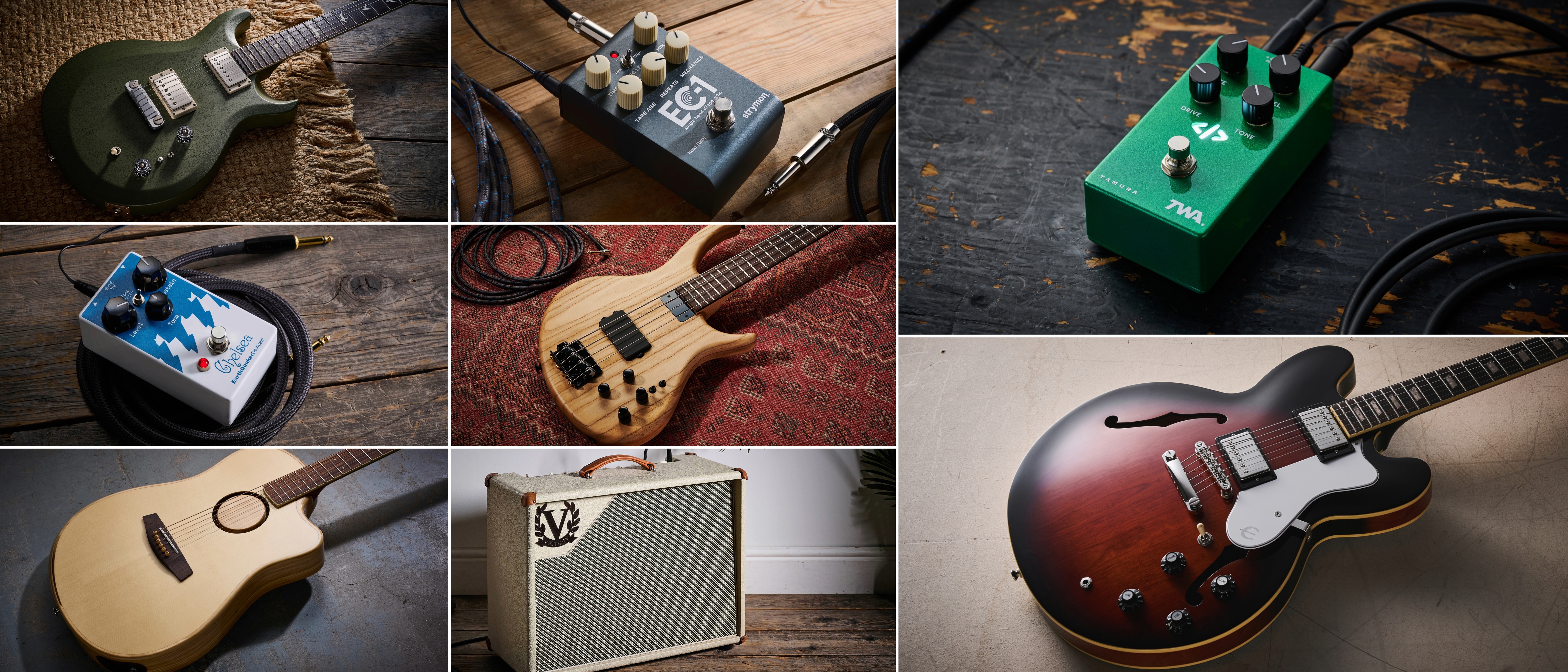Beyond the Fretboard: Dealing with "Tedious" Practice

Many players believe the process of practicing scales, chromatic patterns and other dexterity-related exercises is an essential part of advancing one's technique.
The problem is that this process often can become tedious and boring. In response, teachers and self-taught musicians have devised various methods and strategies to lessen the monotony of this laborious yet necessary aspect of everyday practice.
One approach I personally enjoy is watching TV while running through my exercises. This is something I started almost by accident. Back when I was first starting out, I knew what had to be done in order to get better: Constantly practice.
I wasn't fully aware of the concepts of muscle memory, but I intuitively recognized (like most people) that the more you do something, the better you get. Some people hate the idea of going on a diet or starting a workout regimen. But if you stick with it, you will start to notice changes in your mood, energy levels and physical appearance that can further fuel your motivation.
So when I didn't have enough time on a particular day to watch a specific TV show and also devote at least an hour or two to practicing, I would do both (Fellow GuitarWorld columnist Ben Rainey wrote about this topic in greater detail in November).
Of course, there's always a trade off. Practicing with the TV on is beneficial for basic finger mechanics, but it also could be construed as passive practice. This isn't necessarily bad, but it should be treated as a means to an end. In a perfect scenario, the passive practice is a warmup that leads into the more fulfilling part of your practice routine.
Another option is to run through your various scale and dexterity exercises over backing tracks. This approach has become much easier to accomplish now with the ubiquity of free jam tracks on YouTube, Spotify, various apps and countless other sites. Even as a warmup, practicing over jam tracks will minimize passivity and maximize musicality. By that, I mean it should fully immerse you in the sound and quality of whatever scale you decide to utilize.
All the latest guitar news, interviews, lessons, reviews, deals and more, direct to your inbox!
But once again, there are two sides to every coin. If you have a comprehensive list of scales, licks and arpeggios that you practice every day, it might be overwhelming to try and fit them into certain jam tracks. It's as if your mind is racing to finish a checklist instead of focusing on what actually sounds good. The potential result: a weakening of your improvisational chops.
In this context, when I mention "chops" I'm not necessarily talking about technical prowess. Improvisation has as much to do with the amount of silence you can tastefully inject as it does with the amount of notes. Also, creating melodic passages that complement the backing chord progression is equally important and helps achieve that "song within a song" effect.
For these reasons, you should not feel obligated to include every scale/lick pattern within a particular backing track. Those who do, ironically, might find themselves back to square one: passively practicing.
So how do we balance passive and active practice methods? For starters, we can always treat the first backing track as our "warmup." Pick a track that's a little longer (maybe eight minutes in length) and allow yourself to run through your mental list of patterns and exercises without hesitation. If you want to increase the speed of those exercises, pick another track with a faster tempo and repeat the exercises (perhaps in a different order to keep things interesting).
At this point, you would have roughly 15 minutes of solid warmup time, which is half passive and half active. The third track you play along with should be the start of a fully musical practice session. Disregard the pressure of including every exercise and focus only on what's best for a particular backing track. If you have a lot of time, find multiple tracks with different moods (major, minor, Lydian, Dorian, blues, etc.). Or you can alternate the type of tracks you use on different days.
For scales/licks that are still brand new to you, it might be best to practice them in isolation or maybe with the 'TV' approach at first. Just be careful to avoid a habit of only practicing while the TV is on. You might feel like you've accomplished something for the day because your fingers touched the guitar, but did your mind touch the guitar?
As I often say, balance is the key. There's nothing wrong with some passive repetition for technical improvement, but always counter that with a steady diet of mentally engaging practice.
Photo: -Jeffrey- via photopincc
Chris Breen is a New Jersey-based guitarist with 14 years of experience under his belt. He, along with his brother Jon (on drums) started the two-piece metal project known as SCARSIC in 2011. They've recently been joined by bassist Bill Loucas and have released an album, A Tale of Two Worlds (available on iTunes, Amazon and Spotify). Chris also is part of an all-acoustic side project called Eyes Turn Stone. Chris teaches guitar lessons (in person or via Skype). For more information, visit BreenMusicLessons.com.
